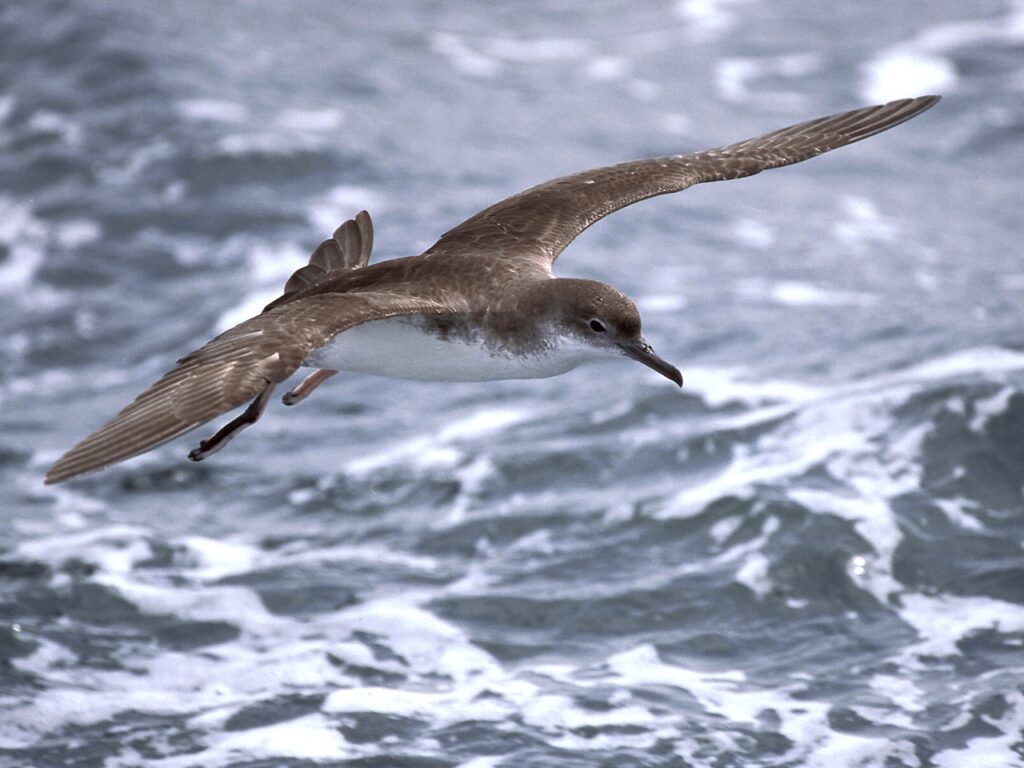
9 May, 2025
Scientists are shedding light on how birds like the Yelkouan Shearwater navigate thousands of kilometres at sea.
Using lightweight tracking devices—such as satellite tags and geolocators—researchers now follow birds across oceans to learn about their routes and behaviours. These tools help identify important feeding areas, stopover sites, and threats, ultimately guiding stronger conservation efforts.
A recent study co-authored by BirdLife Malta ornithologists has tracked juvenile Yelkouan Shearwaters from colonies in Malta for the first time with high-resolution data.
The research reveals that these young seabirds, only weeks after fledging, travel over 2,900 kilometres to regions like the Aegean Sea, Adriatic Basin, and North Africa.
This is the most detailed tracking study of its kind for the species, offering crucial insights into their early life at sea. It highlights the need for cross-border marine conservation, as these birds face multiple threats along their route—including fisheries bycatch, marine litter, and habitat loss.
By understanding where young Yelkouans go, conservationists can work with policymakers to better protect critical habitats across the Mediterranean.
This research is part of the broader LIFE PanPuffinus! project, which focuses on safeguarding the Yelkouan Shearwater and Balearic Shearwater through science and partnerships.
Read the full study here.






